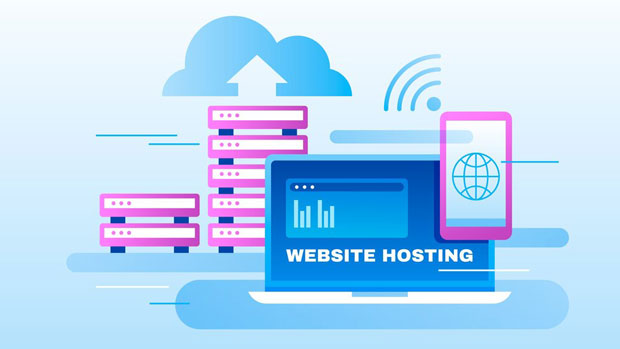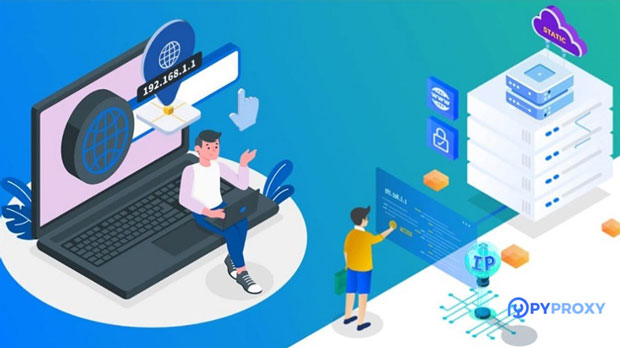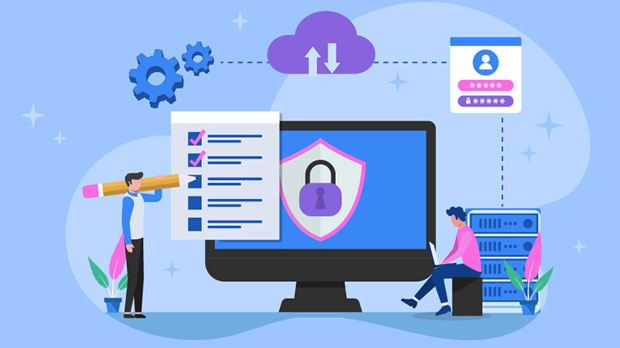In an era where information is often geographically restricted, accessing content across borders has become a common challenge for many users. Whether for research, entertainment, or professional purposes, the need to bypass regional content restrictions has led to the use of proxy servers. PYPROXY, a Python-based proxy solution, offers an effective way for Windows users to access content from different countries or regions. This article explores how to utilize PyProxy Proxy for Windows, detailing its installation, configuration, and benefits for cross-border content access. Understanding PyProxy and Its AdvantagesPyProxy is a flexible proxy server framework built on Python, designed to allow users to route their internet traffic through different geographical locations. For Windows users, it offers an intuitive way to configure and maintain proxies, facilitating seamless access to cross-border content.One of the primary advantages of using PyProxy is its open-source nature, which allows for a customizable setup. Unlike other proprietary proxy software, PyProxy can be tailored to meet specific needs, providing a high degree of control over how data is routed through servers.Moreover, PyProxy supports various proxy protocols, such as HTTP, HTTPS, and SOCKS5, making it versatile enough for a wide range of applications, from accessing websites to bypassing geo-restrictions on streaming platforms.Setting Up PyProxy for WindowsTo use PyProxy on Windows, follow a simple setup process:1. Installing Python and Required Libraries PyProxy is built on Python, so it is essential to have Python installed on your system. Ensure you download the latest stable version of Python. After installation, use the `pip` command to install any additional libraries required by PyProxy, such as `requests` for handling HTTP requests.2. Configuring the Proxy Server Once Python is set up, download the PyProxy server code from an official repository. The configuration typically involves specifying the type of proxy server (HTTP, HTTPS, SOCKS5) and the target country or region from which you wish to access content.3. Running the Proxy Server After configuring PyProxy, launch the server. PyProxy will start listening for incoming requests, and you can now route your internet traffic through the proxy server by adjusting your Windows network settings.4. Testing the Proxy After setup, it is crucial to test the connection to ensure everything is working correctly. Use a browser or network tools to check if your internet traffic is routed through the proxy server and verify that the content you wish to access is available.Advanced Configuration Options for Optimal PerformanceFor users who require more advanced features, PyProxy offers several configuration options that can enhance performance and stability:1. Load Balancing and Redundancy PyProxy supports multiple proxy servers, allowing users to set up load balancing. By using multiple proxy servers from different regions, users can distribute the traffic load efficiently, improving performance and avoiding potential service downtimes.2. Encryption for Enhanced Privacy When accessing sensitive or private content, it is recommended to enable encryption protocols. PyProxy allows the integration of SSL/TLS encryption for secure proxying, ensuring that your data is protected while bypassing geographical restrictions.3. Custom Routing Rules Advanced users can define custom routing rules based on specific IP ranges or geographic locations. This allows for more granular control over the routing process, enabling the use of different proxies for different applications, ensuring a better and more reliable connection.4. Traffic Monitoring and Logging PyProxy includes features for traffic monitoring and logging, allowing administrators to track usage and identify potential issues. By keeping an eye on network traffic, users can ensure that their proxy server is running smoothly and make adjustments if needed.Benefits of Using PyProxy for Cross-Border Content Access1. Bypass Geo-Restrictions The primary benefit of using PyProxy is its ability to bypass geo-blocks. Whether you're trying to access streaming content, news websites, or social media platforms, PyProxy allows you to connect to a server located in a country where the content is available, unlocking a world of information and entertainment.2. Improved Security and Anonymity Using a proxy server enhances your online security and anonymity. By routing your traffic through a PyProxy server, your real IP address is masked, making it harder for websites to track your activity. This feature is particularly beneficial for users concerned about privacy while browsing the internet.3. Cost-Effective Solution Unlike paid proxy services, PyProxy offers a cost-effective solution for accessing cross-border content. It is an open-source tool, meaning that users can set it up without any recurring subscription fees. This makes it an attractive option for individuals or small businesses looking for an affordable way to access content from different regions.4. Access to Region-Specific Services Many online services are only available in specific regions, such as exclusive streaming content or certain apps. By using PyProxy to route traffic through proxies located in different countries, users can access these region-specific services, enhancing their browsing experience.Common Use Cases for PyProxy1. Streaming Services A major use case for PyProxy is to access streaming services that are geographically restricted. Whether it's video platforms or music streaming services, PyProxy allows users to appear as if they are accessing content from a different region, unlocking a wealth of entertainment options.2. Social Media and Websites For users in countries where certain social media platforms or websites are blocked, PyProxy provides a means to access these sites. By routing traffic through a different geographical location, users can bypass censorship and enjoy unrestricted access to their favorite platforms.3. Research and Development Researchers and developers who require access to region-specific databases, APIs, or online tools can use PyProxy to connect to services that are not available in their region. This can be particularly useful for academic, scientific, or market research purposes, where accessing specific data is crucial.In conclusion, PyProxy offers a powerful and flexible solution for Windows users seeking to access cross-border content. By setting up PyProxy, users can bypass geographic restrictions, enhance privacy, and improve online security while enjoying content from different regions. The ability to customize the proxy server configuration and monitor traffic provides users with the tools needed for efficient and secure internet browsing. Whether for personal use, business, or research, PyProxy is an excellent choice for overcoming geographical limitations and accessing a broader range of online content.
Oct 15, 2025



































































